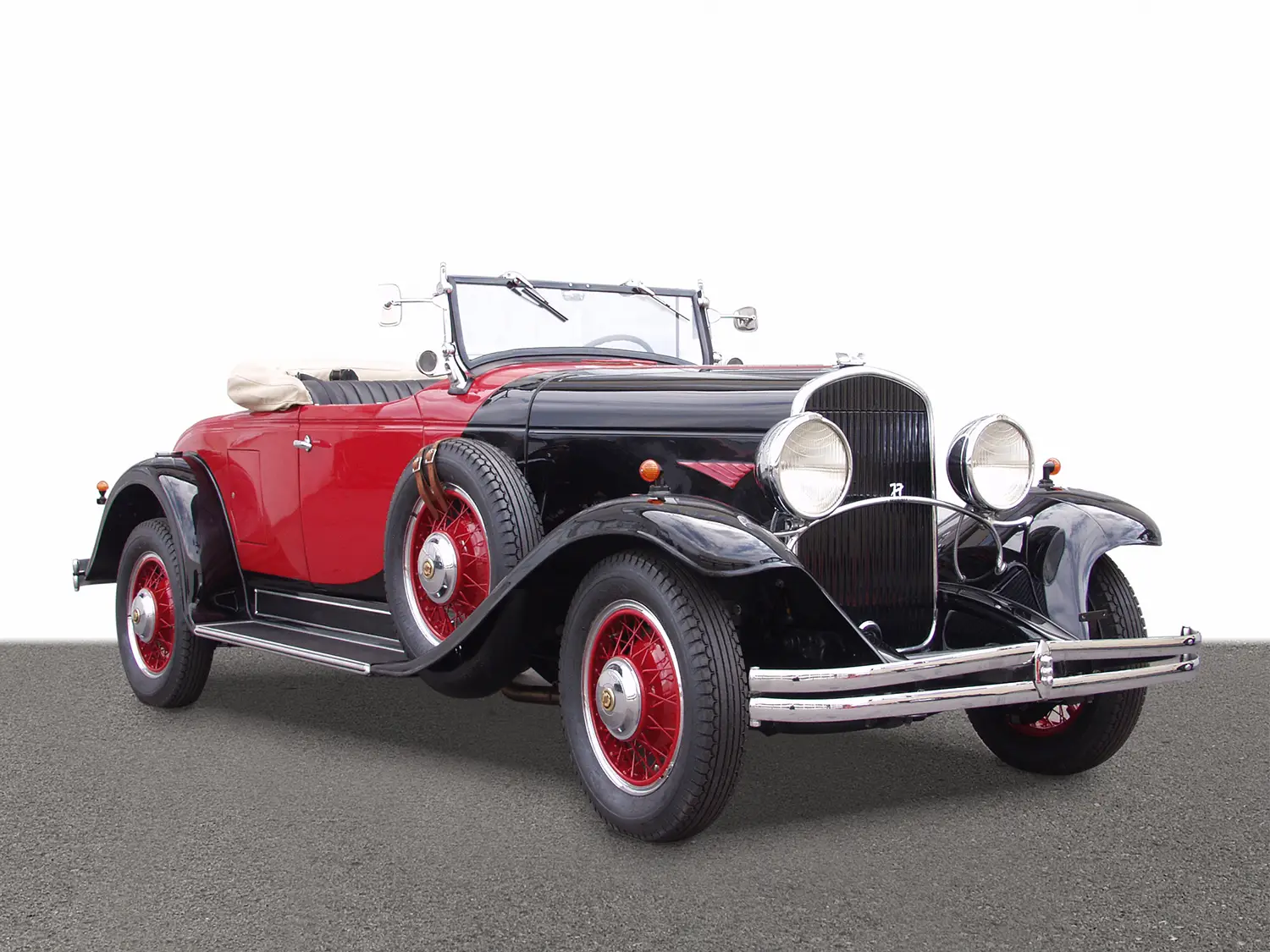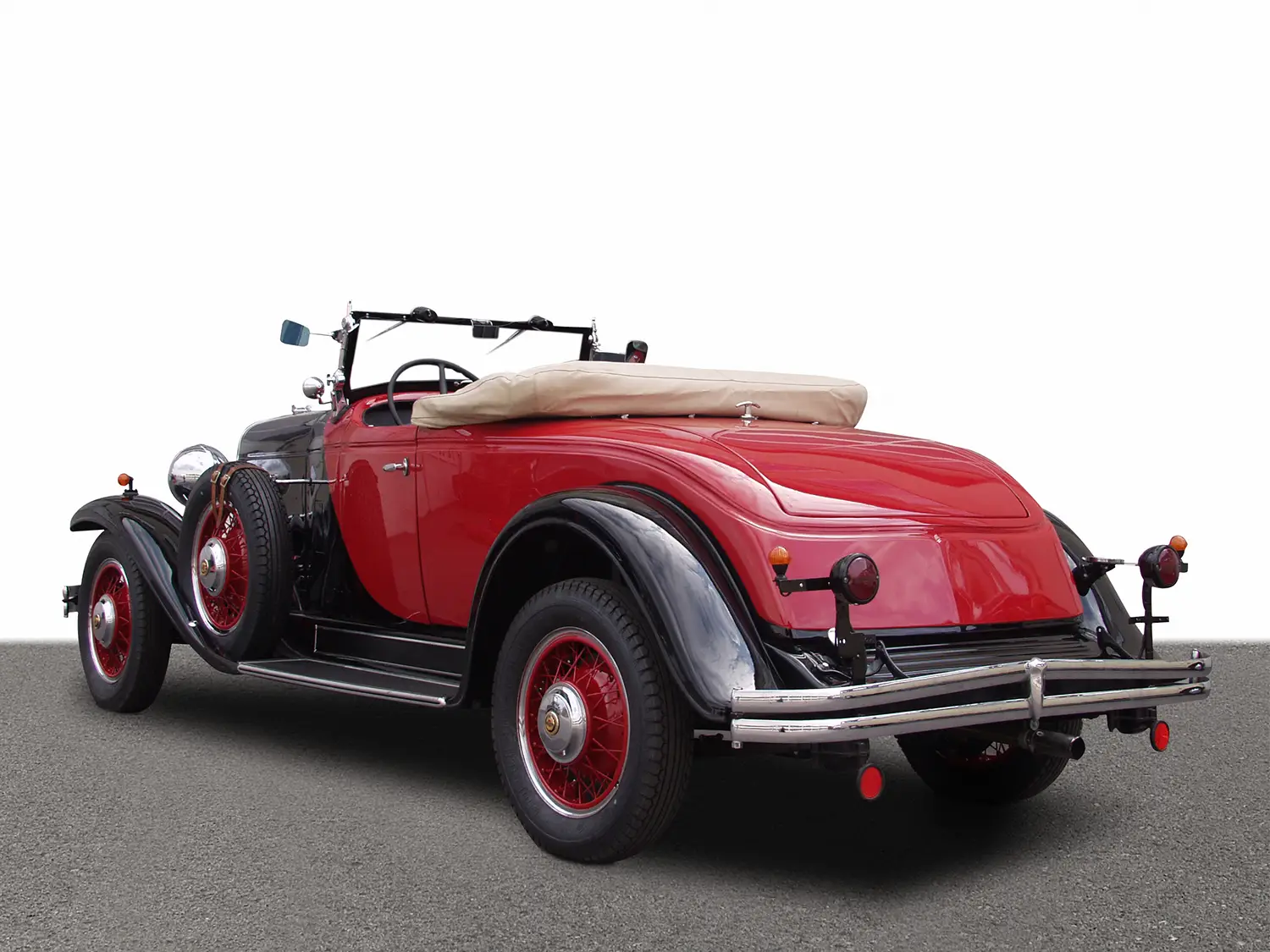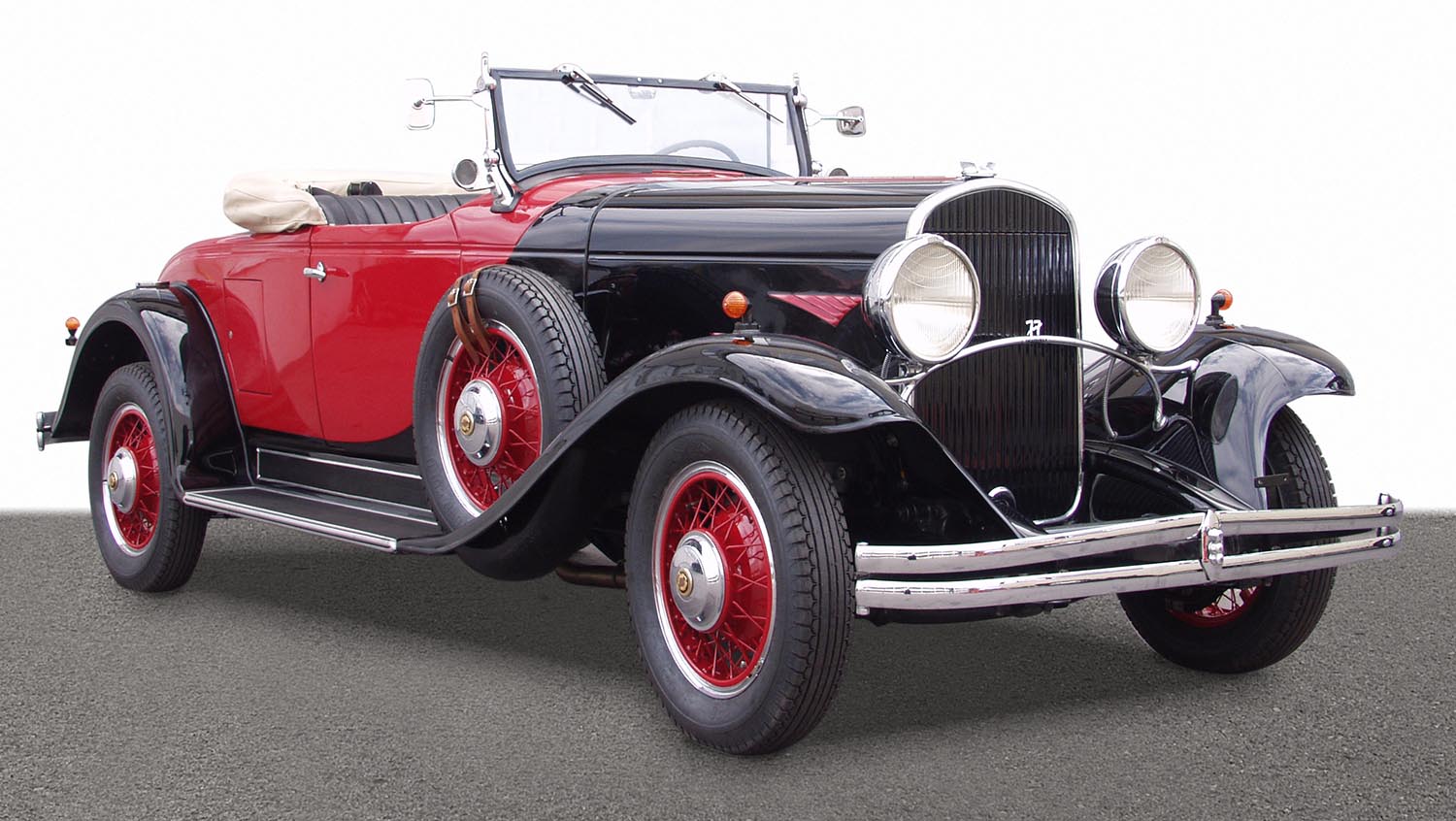
The year is 1930, and the world is navigating a new decade. In the automotive landscape, a vehicle appeared that perfectly captured the spirit of speed and elegance: the 1930 Chrysler 77 model history is truly compelling. This was not just another expensive car. It was a statement of superior engineering and design wrapped in a beautiful, confident package. Walter P. Chrysler’s young corporation had quickly earned a reputation for quality and value, and this model reinforced that image dramatically. Consequently, the Chrysler 77 became a symbol of American automotive ambition, setting a high bar for its contemporaries.
Racing Pedigree and the Chrysler 77 Naming
Chrysler was a force on the international motorsports stage throughout the late 1920s. Its durable roadsters competed fiercely against more exotic European machinery. This racing pedigree, earned at events like the Mille Miglia and Le Mans, gave the new model immediate credibility. In fact, the “77” in its name was a guarantee from the manufacturer: the car could sustain a cruising speed of 77 miles per hour. That number was a bold promise in 1930, marketing not just luxury, but usable high performance. This direct link between the model designation and its capability was a brilliant marketing move.
The Art Deco Design Language
The styling of the 1930 Chrysler 77 perfectly mirrored the era’s sophisticated Art Deco movement. Look closely at the design; you notice clean lines and elegant, geometric forms. Early examples of the car featured distinctive, pennon-shaped louvers on the hood sides. These small details gave the design an unmistakable, fashionable flair. It shared this sleek, progressive aesthetic with another monumental Chrysler project completed in the same year: the Chrysler Building in New York City. Therefore, owning this model meant you possessed a mobile piece of modern art.
Groundbreaking Engineering for the Era
Chrysler’s reputation as an “engineering company” was well-deserved, and the 77 showcased several key innovations. The firm pioneered the use of four-wheel hydraulic brakes, making them standard equipment when many rivals still relied on less effective mechanical systems. This single feature drastically improved safety and control for the driver. Furthermore, the Chrysler 77 arrived with a robust new double-drop chassis. This advanced frame design allowed for a lower center of gravity, which improved handling and road stability considerably.
Performance: The L-Head Engine’s Might
Power for the 1930 Chrysler 77 came from the renowned L-head inline-six engine. This robust motor, displacing 268 cubic inches, was rated to produce approximately 93 horsepower. More importantly, buyers could opt for the legendary “Red Head” high-compression cylinder head. This optional upgrade significantly boosted the engine’s output, ensuring a lively and thrilling performance experience. The engine was paired with a smooth, four-speed manual transmission, a step up from the common three-speed gearboxes of the time. The combination of power, the upgraded transmission, and a relatively light body meant the Chrysler 77 could reach top speeds around 90 miles per hour, truly living up to its name on the open road.
Coachbuilt Elegance and Versatility
The 1930 Chrysler 77 was available with an impressive variety of factory body styles. These choices ranged from the sporty roadster to the practical sedan. For discerning customers seeking ultimate exclusivity, Chrysler also offered semi-custom options. Prestigious coachbuilders, such as Locke and Brewster & Co. of New York, created incredibly rare, elegant bodies for the Series 77. A Brewster Town Car, for example, aimed at the wealthy city dweller, showcased luxurious rear compartments with fine broadcloth and details like glass partitions. This versatility demonstrated Chrysler’s intention to compete directly with the era’s most luxurious brands, like Cadillac and Packard.
The 1930 Chrysler 77 cemented its place in history as a perfect convergence of engineering and Art Deco design. It wasn’t just a powerful machine; it was an icon that offered a glimpse into the future of automotive excellence. It remains a beautiful, tangible piece of a glamorous and transformative American era.
Disclaimer: Content on this site is for informational purposes only. Vehicle specs, pricing, and availability may change. Always verify details with official sources before making decisions. Opinions are those of the authors.
Source: Stellantis

